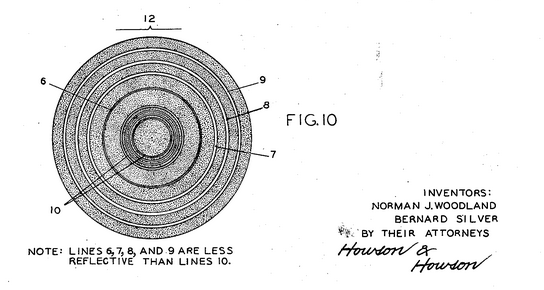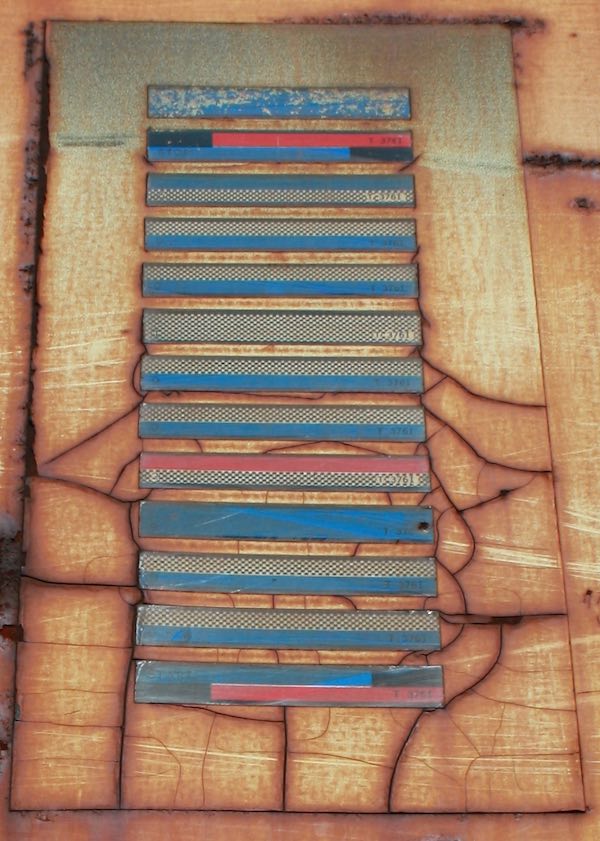Here at DARKWOLF, we work with many retailers and barcodes are a big part of retail. We help print, scan and use barcodes almost daily, but rarely give it much though. The simple format of the barcode is so ubiquitous in everyday life and has been for so long that it is hard to remember a time whenthey did not exist. The existence and acceptance of the barcode in retail is pretty much second nature. We had always interacted and used barcodes and the data contained, but we never really knew the history of these small, cryptic lines. In fact, the history is actually pretty fascinating.
Originally, the barcode was first envisioned in a circular pattern like a bullseye, all the way back in 1948 by a man named Joseph Woodland. In a Newton-esque story of revelation, Woodland supposedly was sitting on a beach pondering a way to design a simple symbol which could be translated to identify a specific product. He was thinking about morse code and drawing circles in the beach representing the code, and he looked up and saw the bullseye which worked perfectly as a possible symbol. However, although feasible, the equipment of the time was far too costly and the bullseye was never implemented.

The barcode wasn’t fully implemented until 1973, when the technology had improved to make it economic. The bullseye seemed to still be a likely candidate for the process, because it could be scanned from all directions. However, the barcode was much more efficient at storing more data in a smaller space. George Laurer figured out that if you used an imager with two lines in an “X” pattern, you could use much, much smaller code. This new scanner allowed for pan-directional scanning and made the current barcode, that we know today, feasible.
The original bullseye design, as well as the barcode, have also spawned a variety of other designs differing in shape, color, and size, though always maintaining the same basic identification format. Before the barcode existed, railways put train car identification codes called KarTrak which look like colorful ancestor to the modern barcode.
Ultimately, this venture proved fruitless and was abandoned, but it provides an interesting look at some of the failed alternatives to the barcode we know today. Learning the fascinating history of the barcode gives us a bit of appreciation for this simple design. Its widespread use and second-nature acceptance is kind of a tribute to how well it was designed, but sometimes, it is worth thinking about it to give credit where credit is due.
Can't get enough barcode history? The folks at 99% Invisible (one of our favorite podcasts) did a great episode on the Barcode. Highly recommended.



